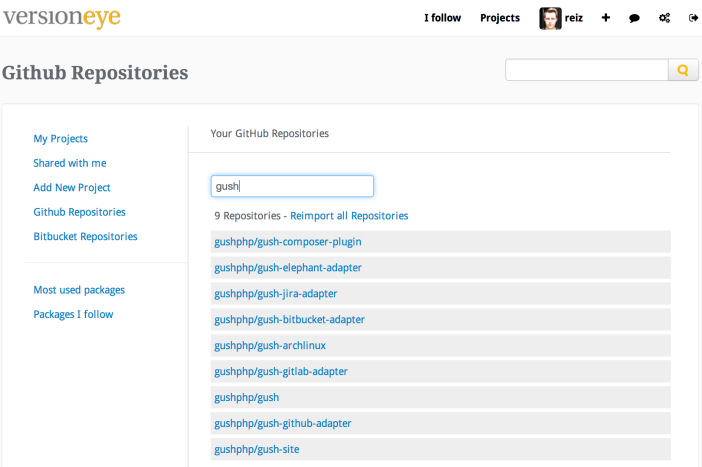Last week we did again a Geek2Geek event in Berlin. This time the event was hosted by Wikimedia Deutschland and the topic was “NoSQL Ring Architecture”.
Ring Architecture
Ring Architecture is designed for high scalability and BIG DATA! The idea is the your data store is organized in a ring and your write operations can be send to multiple nodes in the ring. The nodes of the ring can be server nodes distributed over the whole planet.
Typically your data is stored redundantly in multiple nodes (Not necessary in all nodes). That makes it automatically very failure tolerant.
Ring Architecture is optimized for writes! There is a bunch of use cases for this kind of Architecture. For example smart meters. If you have a couple million houses with smart meters, sending every 1 minute their state to a centralized data store, you have A LOT of write load! Good luck if you try to handle that load with a multi master MySQL Cluster 😀
It is also very interesting for Geo Location use cases. If you run a service world wide for local retail for example, you will send most of your write operations from Europe to nodes in Europe. that means that read operations from Europe are super fast. Reads for European retail data from other continents would be still possible of course, but it would be a bit slower. But that’s OK, because you know that kind of reads are the Exception.
Geek2Geek
The Geek2Geek event happens every couple weeks. Always at a different location and always with a different topic. We always invite at least 2 speakers to 1 topic. We want to see different solutions for a problem and get people with different background into 1 room.
Two very popular implementations for Ring Architecture are Apache Cassandra and Riak. We had a talk to each of them. Round about 50 people attended to the event.
Check out more pictures on the MeetUp page.
Cassandra
The Apache Cassandra project is completely open source and it was originally started by engineers at Facebook. No wonder, they have a lot of writes and reads on their backend I guess 🙂
Christian Johannsen gave a talk to Cassandra. The talk was recorded and we even live streamed the talk on YouTube. Watch the talk here.
Christian did a great job. He gave a really good intro to Cassandra and explained very well how it works. We had surprisingly many questions to Cassandra from the audience. Much more than usual.
Riak
Riak is a younger implementation of the Ring Architecture. Guillermo Alvarez from Wooga did the 2nd talk about Riak. He gave a short intro and showed us how they use Riak at Wooga to develop some amazing games. Watch his talk here:
Guillermo did a great job as well. It was very interesting to listen to the Wooga use cases. And we had a lot of questions from audience to Riak as well. This time the audience showed a high engagement 🙂
Sponsors
Geek2Geek is always FREE and most times we have even free drinks and Pizza! That wouldn’t be possible without our awesome sponsors!
Wikimedia Deutschland
Many Thanks to Wikimedia Deutschland for sponsoring the great room and the possibility to record and even live stream the talks! The Wikimedia Foundation in Berlin is working on several Open Source projects. The most popular is of course Wikipedia. But indeed most of the engineers at Wikimedia in Berlin work on the WikiData project. That is the biggest fact database in the world.
DataStax
Many Thanks to DataStax for the food sponsoring. DataStax is the company behind Apache Cassandra. If you need professional help & support for your Cassandra installation you should talk to DataStax. They have more than 300 employees all around the world, ready to help you.
Basho Technologies
Many Thanks to Basho Technologies for the food sponsoring. Basho Technologies is the company behind Riak. If you need professional support for your Riak installation you should contact Basho Technologies. And maybe you are even interested in their new Cloud Hosting Service for Riak.
VersionEye
And many thanks to VersionEye for organizing the event. For bringing together the right people, the right speakers and the right sponsors. VersionEye is a Notification System for Software Libraries. It helps developers to stay up-to-date.





















